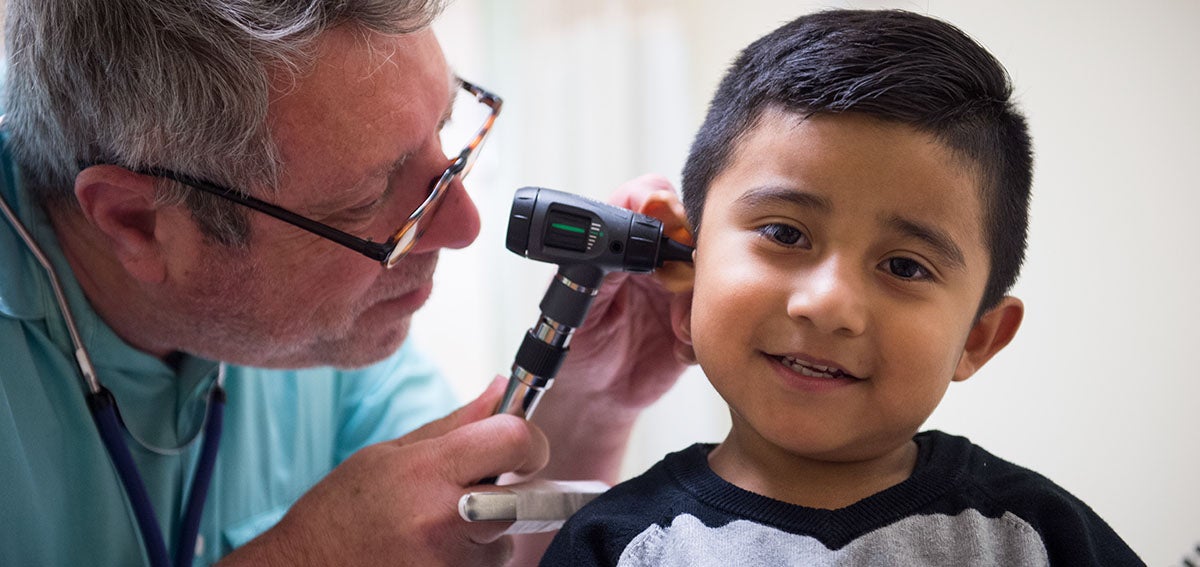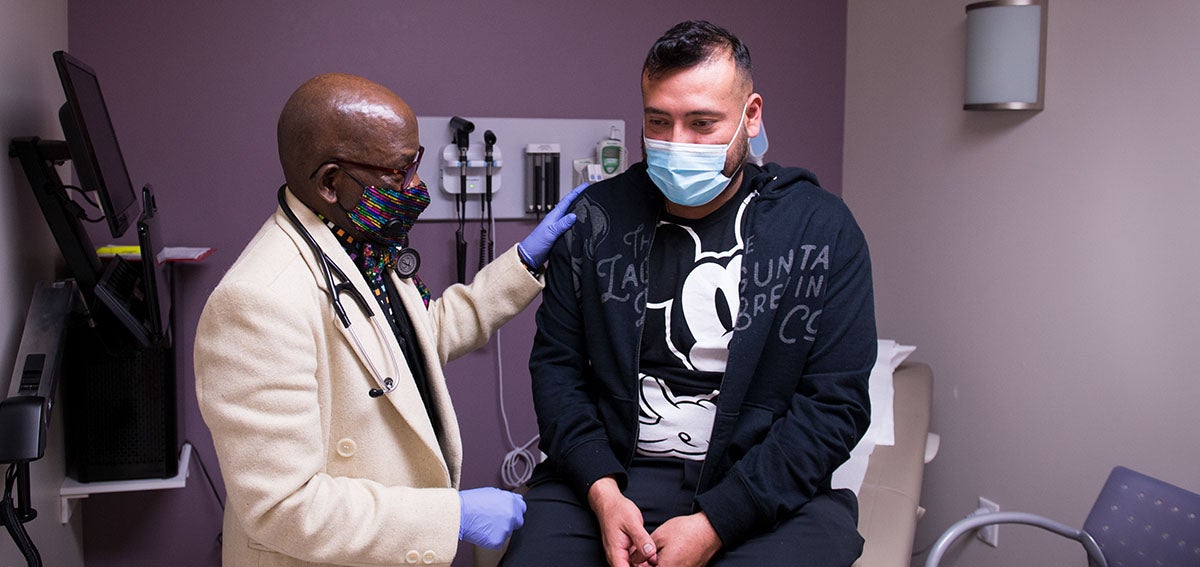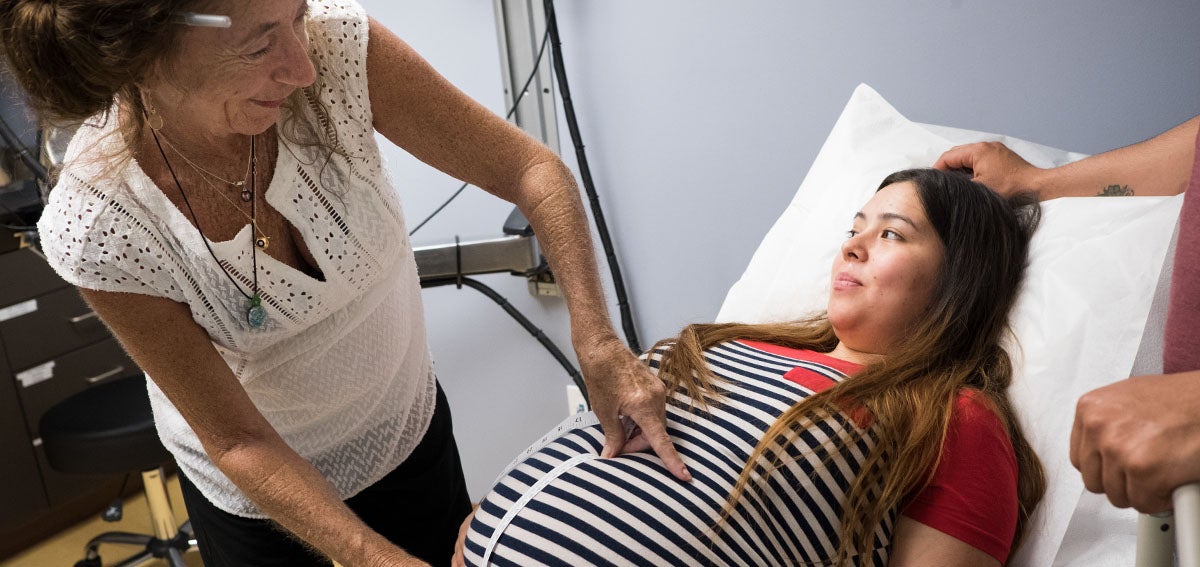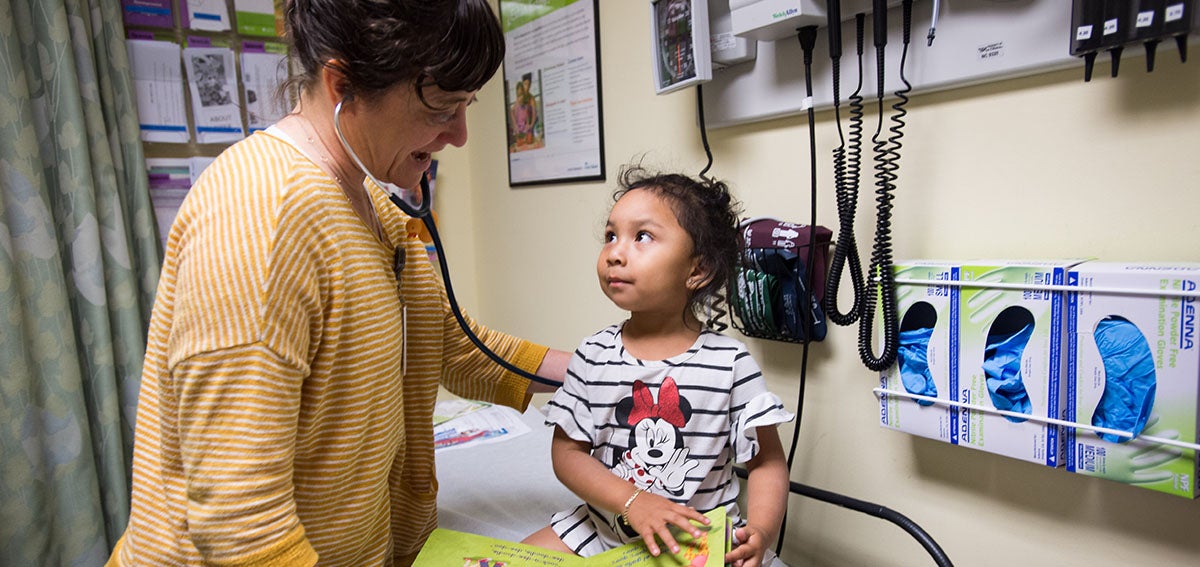It is somewhat embarrassing to ask for financial help from a philanthropy when you are running a public health service system with a $4 billion annual budget. With a budget larger than that of most funders’ endowments, let alone their annual disbursements, public health service systems like the Los Angeles County Health Services Department receive taxpayer money. Shouldn’t that be enough? Yet health care philanthropy was key to the transformation of the LA County system during the past seven years.
The System Needed Help
When I came to Los Angeles seven years ago, my goal was to enable the public system to successfully compete under health reform. Previous health insurance expansions had not gone well for Los Angeles County. When seniors gained Medicare coverage, they left the county system, choosing to receive their care from other delivery systems. When Medi-Cal expanded to cover pregnant women, they too left. Central to having enough money to care for those who would remain uninsured was being able to create a delivery system attractive enough to those newly insured under the Affordable Care Act that they would choose to remain in our public system.
The quality of care at Los Angeles County public hospitals was high — if you could get in, which generally you couldn’t except in extremis through the emergency department. There was no systematic assignment of patients to primary care homes, and in fact, there was not a robust primary care system.
We discovered that not only were the phones not answered promptly, but the phone numbers listed on the web for our clinics had been disconnected. Wait times for specialty care were unacceptably long (for example, nine months for a cardiology appointment). Rather than making appointments at specific times, patients were given “block” appointments resulting in women lining up outside of clinics at 6:30 Am for 9 AM group appointments for Pap smears. The women knew that whatever their appointment card said, it was really first-come, first-served, so if you wanted to be able to get to work at a reasonable hour, it was best to arrive early. The system needed help. And we needed to fix it before newly insured patients would have choices other than us.
The Need for Speed
Public health systems, to which I have committed my career, have a lot of virtues: access for all, cultural and linguistic competency, transparency, and public accountability. But not speed. We can’t turn on a dime, or a quarter, or a half dollar, or a silver dollar, or any coin that has ever been minted.
Philanthropy came to our rescue. Philanthropy paid for me to hire two deputies immediately upon my arrival — Dr. Christina Ghaly and Dr. Mark Ghaly — to help me transform the system until I could classify permanent positions for them.
The Ability to Innovate
But philanthropy gave us so much more than mere speed. It provided initial investments for improving the underlying system. It is very difficult in public health systems to stop doing what you are currently doing to implement a better system. For example, my chief medical officer, Dr. Hal Yee, believed that the only viable method of decreasing the wait time for specialty care was to create an asynchronous electronic consultation between specialty care and primary care doctors. I knew he was right, but we did not have the resources. Also, given how far behind we were, it would have been clinically and politically unacceptable to decrease available specialty care while creating a new system. Philanthropy gave us the funding and the flexibility to create a start-up within our existing agency.
Access to Expertise
Often what we needed to make our system better was to engage an expert to help us for a day or two. In the government world, it could take months of effort to create a new contract for a single day of work by an expert. Philanthropy helped me by hiring experts when we needed them for very short periods of focused advice.
The Freedom to Take Risks
Philanthropy allows government to take risks that might otherwise be too great. A key success of our department, led by Marc Trotz, was developing supportive housing for homeless people who were marooned in our emergency departments, our hospital wards, and on the streets. We needed flexible funding to house people because each housing arrangement cost a different amount depending on the patient’s needs. A grant from philanthropy created this pool — but with the brilliant requirement that the government match it, thereby doubling our funding for the homeless.
While there is plenty of room for improvement in the LA County health services system, today the phones are answered, registration systems work, and we give our patients true appointments (no more block appointments!). We have patient-centered medical homes, an integrated electronic health record, markedly decreased waits for specialty care, and higher patient satisfaction and employee morale. The amount of money that we received from philanthropy to do this work was relatively small compared to our huge budget, but without that leveraged investment — none of which was used for ongoing operating expenses — we never would have kept our newly insured patients. Having achieved that goal, the reimbursement we receive because these insured members have chosen to receive their care though our system ensures that we have the revenue to care for the remaining uninsured.
Last month I moved back to my hometown of New York City to become CEO of NYC Health + Hospitals. I wanted to express my gratitude to The California Endowment, the California Health Care Foundation, the California Blue Shield Foundation, the Hilton Foundation, UniHealth Foundation, the Weingart Foundation, Southern California Grantmakers, LA Care Health Plan, Kaiser Permanente, the California Community Foundation, and the other foundations that helped us. I hope you are proud of what we have accomplished together.
Authors & Contributors
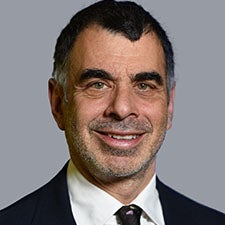
Mitchell Katz
Mitchell Katz, MD, is a physician and public health leader who served California for many years before 2018, when he became president and CEO of NYC Health + Hospitals, the largest public health care system in the nation. Throughout his career he has been dedicated to improving the public health system and enabling the expansion of integrated care.


